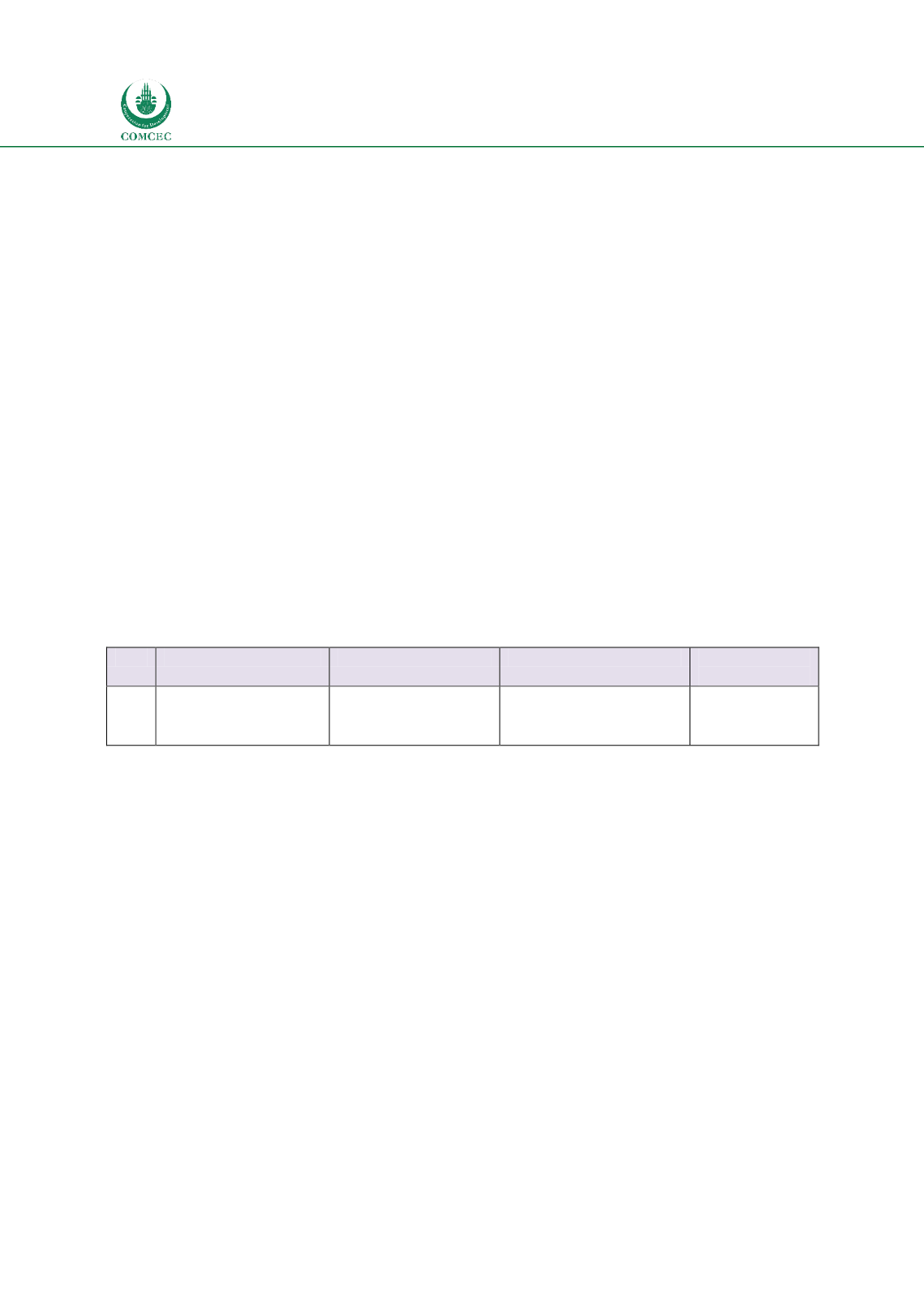

National and Global Islamic Financial Architecture:
Problems and Possible Solutions for the OIC Member Countries
216
to promote the development of the Islamic financial sector, it can come up with a scheme
under which various laws that are relevant to Islamic finance can be developed. Specifically,
model laws related to Islamic financial institutions and markets, tax laws (to level the playing
field) and bankruptcy laws specific to Islamic finance can be developed.
7.2.2. Regulatory Infrastructure
While the IFSB has published six regulatory standards for Islamic banking sector and two
standards for takaful sector, there are none for Islamic capital markets. IOSCO however
published
Analysis of the Application of IOSCO’s Objectives and Principles of Securities Regulation
for Islamic Securities Products
in 2008 and concluded that most of
IOSCO Objectives and
Principles of Securities Regulation
can be applied to Islamic capital markets, but there was a
need for disclosure of specific issues arising in Islamic capital markets (SCM 2013).
While there are separate international multilateral organizations for different conventional
financial sectors, IFSB is the sole global regulatory standard setting body for Islamic banks,
takaful and capital markets. As the Islamic financial industry is expected to grow in the future,
there will be a need to develop sound regulatory standards for all sectors in a balanced way. To
enable this, one option may be to have separate divisions in IFSB to deal with different
financial sectors. Specifically, there may be a need to have divisions for Islamic banking, takaful
and Islamic capital markets within IFSB each headed by a Deputy or Assistant Secretary-
General.
Table
7.9: Regulatory Infrastructure
No. Recommendations
Existing Institutions Gaps Need to be filled
Implemented
by
2.1
Islamic
financial
regulations
IFSB
Regulatory standards
for Islamic capital
markets
IFSB
7.2.3. Shari’ah Governance Framework
AAOIFI and IFSB have published Shariah governance guidelines for the Islamic financial
industry. Note that while IFSB Shariah governance guidelines provide a general framework, it
does not suggest that one model that can be applied to all countries. It is left to indicidual
countries to determine an appropriate Shariah governance regime. These organisations,
however, have not come up with guidelines regarding the role that a national Shariah board
should play. As the Islamic financial industry will expand in the future, there is a need to
develop guidelines for a central Shariah board that can reduce the diversity of rulings and
harmonize practices of the Islamic financial sector within countries. In this regard, examples of
where a central Shariah board exists such as Indonsia, Malaysia and Pakistan can be examined.
The Islamic Fiqh Academy (IsFA) has played an important role in issuing key Shariah rulings in
economic and financial matters. AAOIFI has also published 54 Shariah standards and four
Shariah governance standards. However, as the Islamic financial industry grows there will be a
need to coming up with Shariah standards/parameters for a wide range of new financial
products. Care needs to be taken that the Shariah rulings from different global institutions are
harmonious and consistent with other.
















